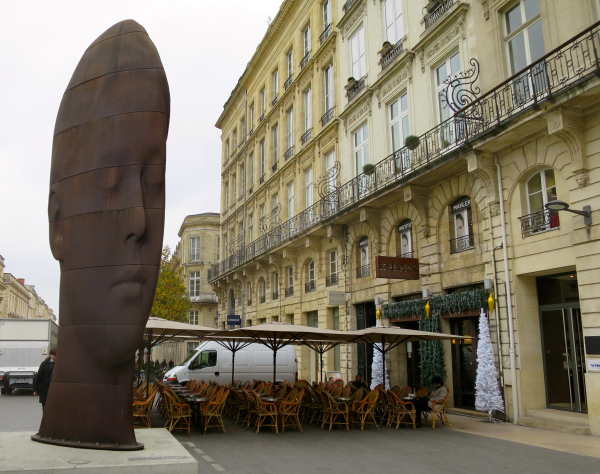
During a recent weekend in Bordeaux, I was leveled by flu – knocked out on a Friday night and bedridden for days. When my mind came around I was soaked by a curiosity. What if I harvested techniques learned from decades of technical and management experience to create a fresh wine scoring system – based not on taste, but on overall value. I sat up in bed and considered combining techniques of weighted scoring and linear interpolation with a dab of conditional formatting.
Ill and unable to leave the apartment, I sat and belted out lines of code, scribbled and solved algebraic formulae, then assembled a spreadsheet. It includes a new mathematical algorithm that considers subjective and objective data – including tasting scores taken at different times, average retail prices, aging potential, even efficiency of distribution systems.

For decades when I lived and worked overseas I created and modified a similar system to help decide where to move to and live between contracts. The method involves plugging in variables, assigning weighted scores, and generating a list of optimal locations. Again and again, this system indicated in advance locations where I eventually moved – including California and Bordeaux – and for which I am forever grateful. In other words, the system worked.
So I modified the system to optimize (in the mathematical sense of the word) wine values, in relation to similar wines from the same region.
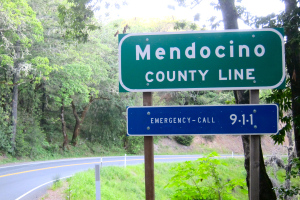
After tweaking this system for wine, I was still ill and my taste buds were frazzled. Rather than apply the results to Bordeaux wines, I waited until I returned to the United States. Here, I purchased several bottles of pinot noir from California’s Anderson Valley.
This northern California valley is underlain by clay and gravel, and the geology – within the San Andreas Fault Zone – is a complex layering of northwest-southeast running deposits that include a central streak of alluvial fan and fluvial deposits flanked by sandstone and shale deposits. Both pinot noir and gewürtztraminer have become signature varietals of Anderson Valley. The reason I chose Anderson pinots for this first scoring is that this distinct little patch of geography (16 miles by 5 miles of deeply wooded, hilly terrain) produces distinct pinots.

I tried the new system with friends and family members, then re-tweaked the algorithm so that the better the taste, the less influence price impacted the overall score.
Still – was I dancing in the dark? I needed independent verification that this was the right track. To calibrate the system I retrieved dozens of publicly available price/score data from the past six months, then used regression techniques to generate linear and quadratic equations relating all variables (yes, sounds geeky). I then wrote code to verify my original scores were within acceptable limits, based on this analysis of existing data. This separate check for different vintages of Anderson Valley pinots showed my system was not out of whack – and wines I considered of value were within a decent value range compared to other regional pinots.
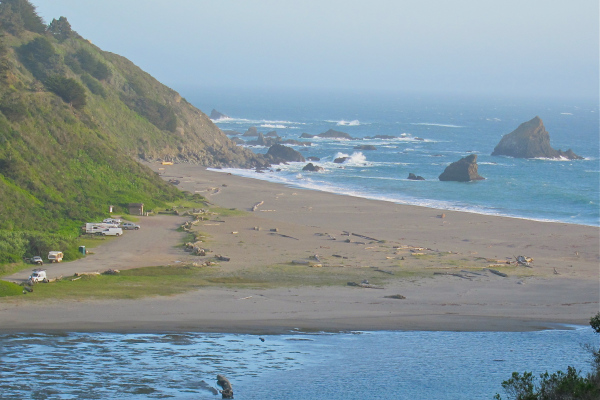
I then applied my original algorithm. The results for five pinots are below. You’ll notice that each listed wine is categorized as having a value that is ‘superlative,’ ‘excellent,’ or ‘great.’ In other words, you can’t go wrong here. Wines considered not of value (with an overall weighted score of less than 81 percent) have not been included. At this point I’m not revealing tasting scores, weighting values, or total scores – just wine names, vintages, representative retail prices (in California), and overall comparative values. ‘Superlative’ is the best score, followed by ‘Excellent,’ followed by ‘Great.’
| Wine | Retail Price – US Dollars | Value Score |
| Handley Pinot Noir, Anderson Valley, 2010 | $25.99 | Excellent Value |
| Cakebread Pinot Noir, Anderson Valley, 2013 | $39.99 | Superlative Value |
| Goldeneye Pinot Noir, Anderson Valley, 2011 | $39.99 | Excellent Value |
| Vin Verray Pinot Noir, Anderson Valley, 2012 | $28.99 | Great Value |
| Chime Pinot Noir, Anderson Valley, 2011 | $25.69 | Great Value |
The Handley 2010 is fruit forward, with licorice and charcoal.
Cakebread 2013 is deliciously smooth, filled with berries.
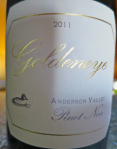 The Goldeneye 2011 is also smooth, with cherries and licorice. Goes amazingly well with goat cheese.
The Goldeneye 2011 is also smooth, with cherries and licorice. Goes amazingly well with goat cheese.
The Vin Ver’ray is rich, with the taste of berries marching out after several minutes in the glass.
The Chime 2011 improved in the glass after 20 minutes – with cherries, a hint of mint, and aniseed.
Over time this system will be re-calibrated, re-verified, and refined. Which wines to apply it to next? I’m open to suggestions. Meanwhile, stay tuned.
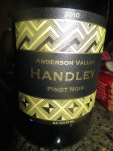

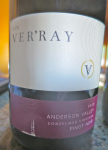
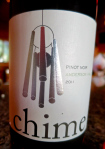

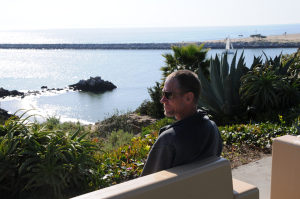

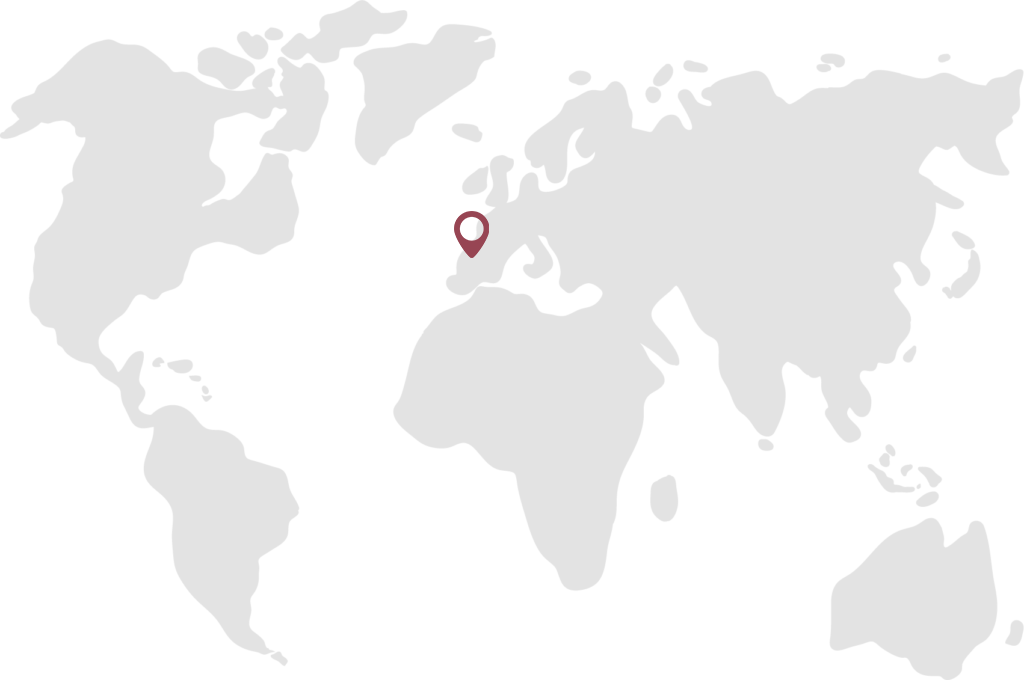
Anonymous
11 Mar 2015Love the Anderson Valley. Jackie and I honeymooned in Mendocino and loved the wine. And one of your images looks like Usal Creek campground (or no?) – Jack, Ashley, and I set out from there for an epic hike along the Lost Trail – 2+ days – totally lost, breathtaking – seals on the beach, not a soul in sight. Thanks for sharing either way!
vinoexpressions
11 Mar 2015Yes, amazingly beautiful location – though I felt in a bit of a time warp. Life moves at a slower rhythm there, and people all know each other. It’s one of those places that would be hard to move to to live, but difficult to leave if you grew up there. Glad you enjoyed the vino!
jlcollinsnh
11 Mar 2015Just like that…
Five new wines on our shopping list!
vinoexpressions
11 Mar 2015Sounds good Jim. The higher scorers were smooth; the lower scorers actually improved a day or so after the bottle opened. So, take your time (like the French at lunch) and give them all time in the glass… 🙂
Anonymous
11 Mar 2015Wines of Rioja
vinoexpressions
11 Mar 2015Thanks for the Rioja suggestion. I’ll take you up on that in the near future….!
Chrissie
11 Mar 2015Really interesting post, Tom, I look forward to reading your next findings. And how I wish we could buy Cakebread for $40 over this side of the pond 🙂
vinoexpressions
12 Mar 2015I’ll keep you posted, Chrissie 🙂 And though Cakebread may cost over there, I cannot even find bellett here. I tried High Times Wines – a huge wine outlet in Southern California, but no joy. There’s apparently some available in San Francisco (FAR north) – at $50 to $90 a bottle. So enjoy the treasures that you do have available locally…Looking forward to Riviera time in the coming year again!
Alex Putman
15 Mar 2015Very interesting and fun. I love the cross industry applications and the coder in me wants to know what code you are writing? Enjoy exploring the rating system.
vinoexpressions
16 Mar 2015Ah, but that’s proprietary Alex! 🙂
Trisha Ray
15 Mar 2015This was a fun post – love the “systems”!
–Great excuse to drink more wines, too…
vinoexpressions
16 Mar 2015And soon I have to do it all again! Ah, this is such a challenging blog to write 🙂